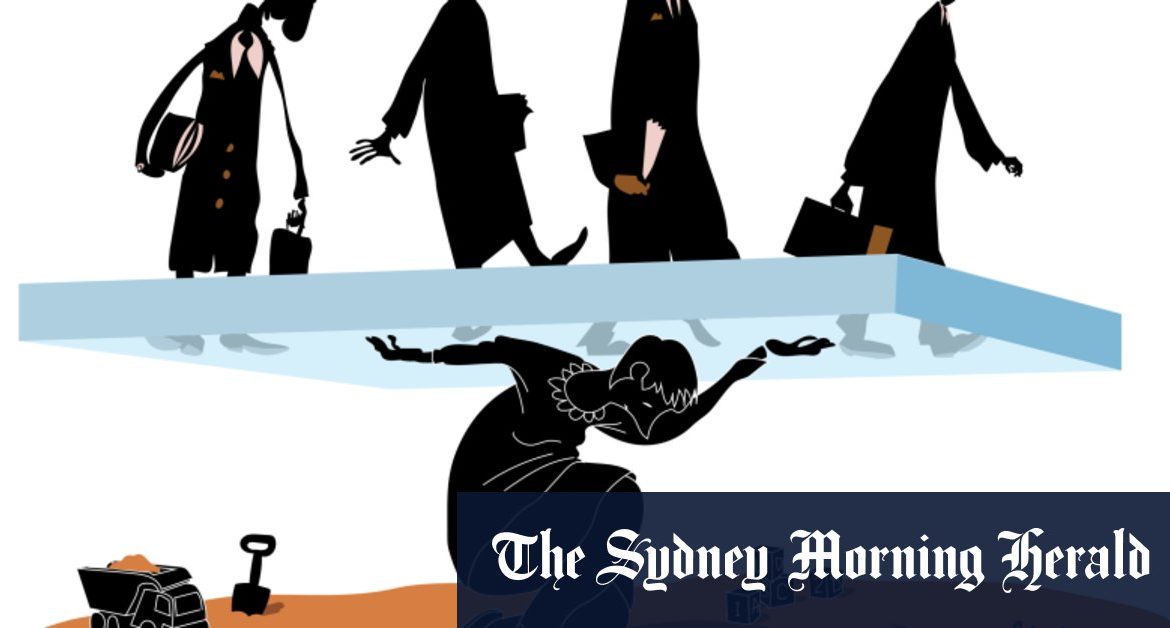Federal politics has been consumed in recent weeks by disturbing allegations of sexual assault and harassment in and around Parliament House. Yet, as shocking as those allegations are, it is important to consider today – on International Women’s Day – the profound challenges and myriad disadvantages faced by women in all walks of life.
As Australian of the Year Grace Tame eloquently pointed out recently, what has allegedly occurred in the halls of Parliament is not so surprising, because it is happening everywhere, every day: in white-collar and blue-collar workplaces, in the street, in homes and schools, in places where women are meant to feel safe. And to be clear, women, overwhelmingly, are the victims of sexual assault and men, overwhelmingly, are the perpetrators.
Sex Discrimination Commissioner Kate Jenkins, who has been asked to lead an independent inquiry into federal parliament’s workplace culture, has noted that one in five Australian women have experienced sexual violence in their life compared with one in 20 men.
At the same time, sexual harassment abounds in the workplace. In an extensive report published a year ago, Ms Jenkins found Australia’s progress towards eliminating workplace harassment had fallen well short of expectations.
Indeed, Ms Jenkins found it is now “widespread and pervasive” with almost 40 per cent of female workers reporting (in 2018) that they had experienced some form of sexual harassment at work in the previous five years, compared with 26 per cent of men.
And despite legislation banning discrimination on the basis of gender or sexual orientation, it remains endemic because it is often so subtle that it goes unchallenged and unremarked.
Women have a fundamental human right to expect the same pay as men for doing the same work, and to have the same opportunities as men for promotion, career advancement and recognition.
Yet women fall well behind men when it comes to gaining financial security, in large part because their career paths and participation in the workforce is often interrupted for family reasons: for maternity leave, raising children or caring for elders.
Full-time average weekly earnings for women are about 13.4 per cent below that of men. While that represents a slight fall over the past year, the decline is likely due to workplace upheaval for men during the pandemic and not, unfortunately, to any underlying structural changes in women’s position in the workforce.
As well, women’s superannuation balances at all stages of their careers tend to be well below that of men, and on retirement they are an average of 40 per cent below men.







